Recently, in another piece entitled Ten Silver Coins Priceless in the Eyes of Aficionados, I took the side of detractors of an article published in Silver Monthly, submitted by Adam Doolittle. That submission, entitled The Ten Worst Silver Coins For Investment http://www.silvermonthly.com/the-10-worst-silver-coins-for-investment/ seemed to raise the defensive nature of some forum members at an internet site I am proud to claim membership to as well, BullionStacker.com.
BullionStacker is comprised mostly of folks who are long-established in the cyberworld as advocates of investments in safe-haven metals, silver and gold, platinum and palladium, as a means of preserving their purchasing power. It is vital that one protect themselves in this fashion, as on a worldwide basis governments, each with their own rationale, race each other in depreciating their currencies, inflating the money supply with global simultaneity, firing the first shots in what Jim Rickards likes to term The Currency Wars.
Unfortunately, the victims are often their own citizenry, particularly the middle class. This socioeconomic group suffers constant attrition, it's numbers shorn as constituents are lost to unemployment and underemployment, savings are exhausted, or pensioners discover their fixed incomes insufficient to cover ever-expanding expenses. Too often, the best formulated plans of those who have just retired, or planned to soon do so, are disrupted by poor investment choices or dismal returns within their 401K's.
These individuals are then faced with alternatives, none of them pleasant. They can remain in the workforce, health permitting, should they enjoy the luxury of doing so at their place of employment. They can delay, sometimes interminably, their target deadline for full retirement. Or, they can attempt to return to the workplace in order to supplement their meager subsistence, perhaps as one of those cheerful blue-haired elderly greeters at Walmart who, were you able to look past their friendly mien, one might be painfully dismayed to discover their financial straits.
But, I digress. The point I want to make today is that there is a unforeseen consequence to individuals purchasing specialty silver coins from private and government mints, such as the Royal Canadian Mint, or the Perth Mint of Australia. What qualifies a coin, in my estimation, as specialty in nature? One that is produced in limited number to increase its allure due to novelty, one that is often classified as exotic, picturing an animal indigenous only to the region of the Mint fabricating it, and one, which for marketing reasons, carries a hefty premium above the melt value of the silver content of the coin.
I need not detail individual attributes of the coins of which Mr. Doolittle relates, as most are familiar with the perquisities of Kooks and Pandas, Koalas, Grizzlies, Wolves, and Cougars. The list could extend beyond, to encompass New Zealand Taku Turtles, Bolivian Andean Cats or Blue Macaws, as well as any number of limited item geographically related national park themed items produced by our own United States Mint. Any time there is a piece produced by a public or private mint, that carries an onerous premium to melt, there will be ramifications.
What might those ramifications be? Why only that one could spend their money more strategically, if their intent was to benefit from an ultimate rise in the price of silver increasing the value of their previously acquired physical hoard. You see, Gomer, there is only a limited amount of money chasing a diminishing above-ground supply of silver, whether fabricated in the form of small bars or coin to stimulate investor demand, or as one thousand ounce bars of .9999 purity to service the needs of industrial users.
What happens to the eventual resource depletion of silver, when people pay bloated premiums on one troy ounce silver rounds produced by mints? It retards the attenuation of supply. The off-take of silver from the market is slowed. This is counter-productive if one's hope is that a steady acquisition of small amounts of silver, by a burgeoning cadre of citizens that circumnavigate the globe, all coveting the lustruous noble element, will eventually deplete stocks and thereby cause a resultant price rise.
Spending extra money on premiums slows the eventual extinction of silver, and will prove deleterious to the individual attempting to get the most for their money. Silver has been estimated, by the GFMS, to have less than a decade's supply of metal retained in the Earth's crust at present rates of extraction. Why would you not want to pay as little premium as possible to obtain the wealth-safeguarding status that silver confers upon its holders?
It's really no different than the claims made by detractors of the various silver ETF's, such as the iShares Silver Trust SLV, or the ETFS Silver Fund SIVR. They claim that money funneled into those exchange-traded funds, which are intended to track the price performance of silver, with such emulation affording one the opportunity to realize paper profits in various venues, does nothing to promote the acceleration of price rise.
Instead, this inflow of funds is, in reality, siphoned away, diminishing demand rather than enhancing it. There are many, Jason Hommel and Ted Butler among them, who assert that the various ETF's do not even hold the silver they purport to stockpile as backing to the shares. This money would be better spent, as Max Keiser suggests, by people withdrawing their contributions to such entities and purchasing tangible physical silver that they then take possession of.
Some like to opine "if you don't hold it, you don't own it." If you were constrained, due to financial limitations, to purchasing only a few hundred dollars worth of silver each month, wouldn't you far prefer to obtain more ounces for your money? By amassing a store of wealth that increased considerably faster in size, measured by number of ounces, rather than an ostensible shadow worth variable denoted by collector's avarice, wherein liquidity might limit demand?
Due to the reasons listed, I think it's indisputable. It just makes more sense to get the most for your money, particularly for those new to accumulating silver ounces. Why don't we reverse and modify that maxim? Wouldn't it be more conducive to all of our goals if everyone were to realize that "if you don't own it (high-premium silver rounds), you hold more of it?" To borrow from Ultimate Cage Fighting, I know I'd much prefer to survive the melee for three rounds, rather than get beaten by a devastating first silver round knock-out.
Buy Silver. Buy Gold. Save Copper. Start Now.
Thursday, January 26, 2012
Subscribe to:
Post Comments (Atom)



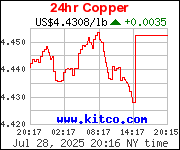


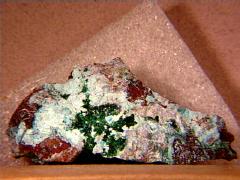

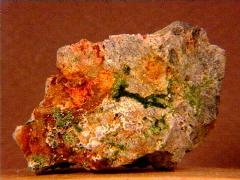
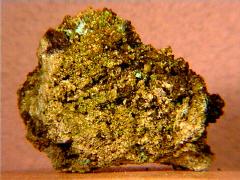
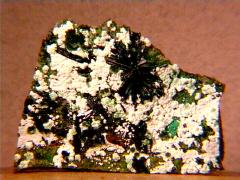
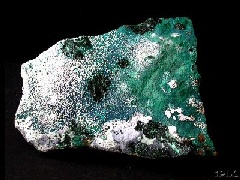


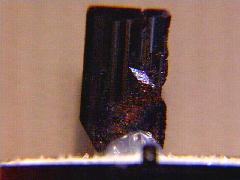

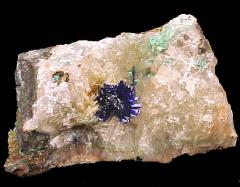


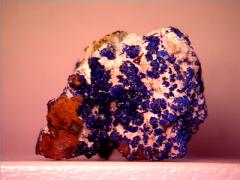






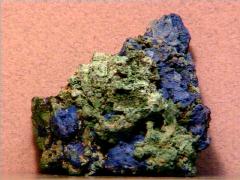

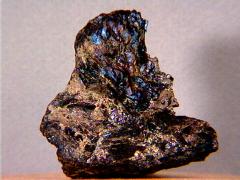




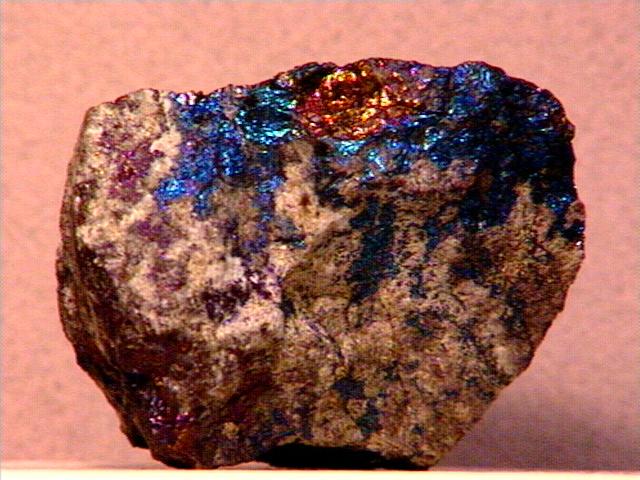


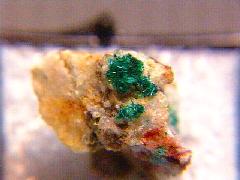
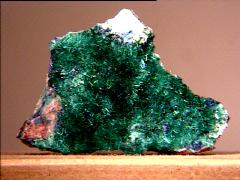






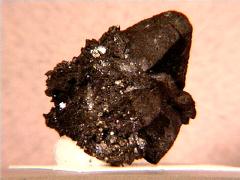
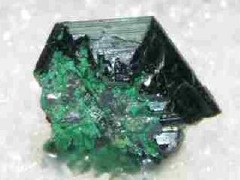
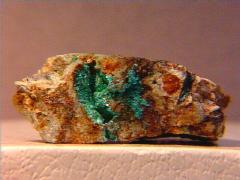

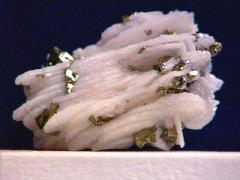
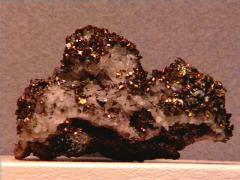

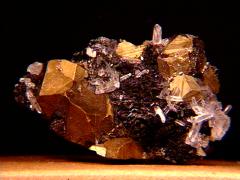
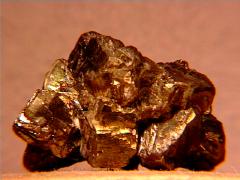




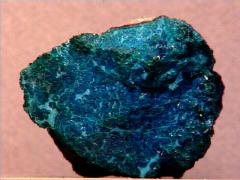
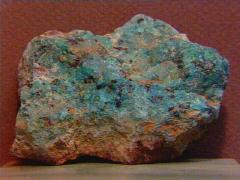


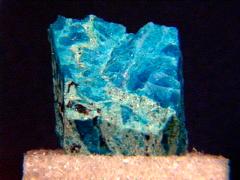
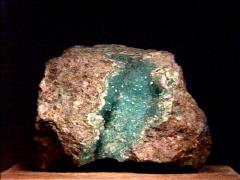
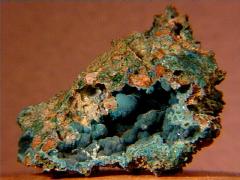
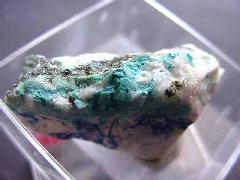
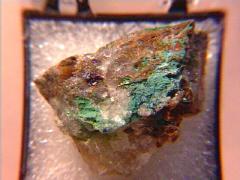

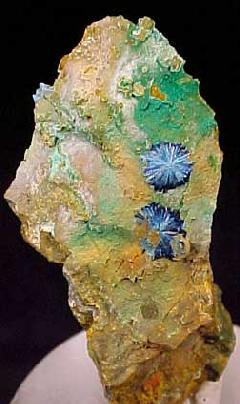
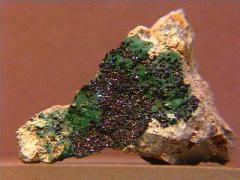

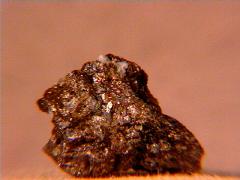
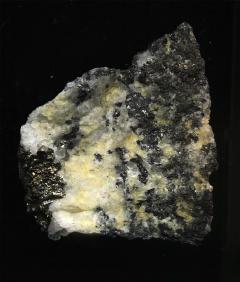






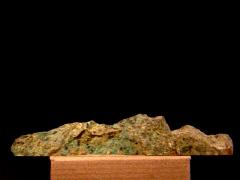



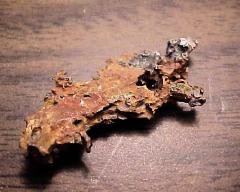
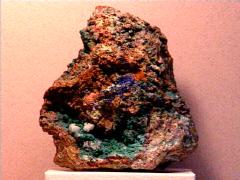


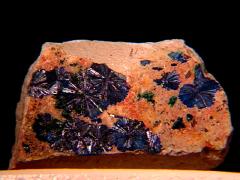
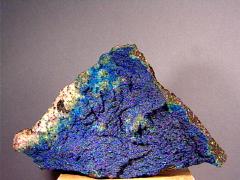




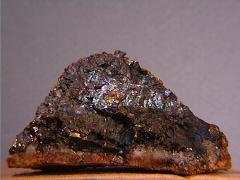
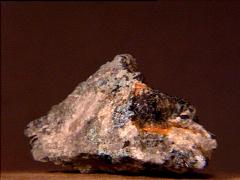


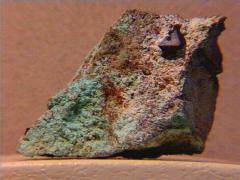


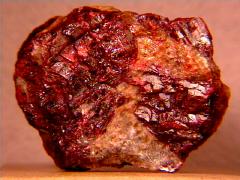
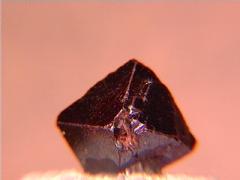

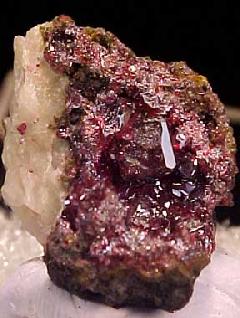


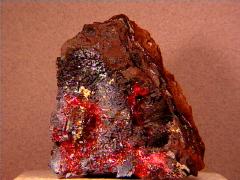


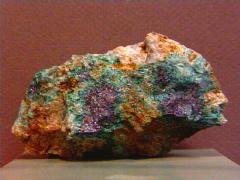

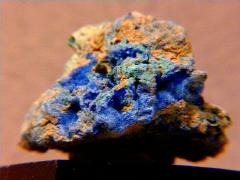

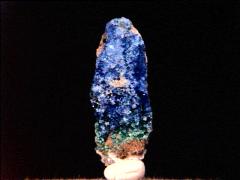




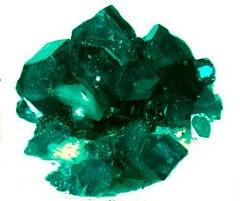



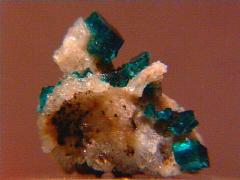








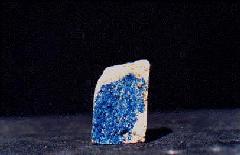


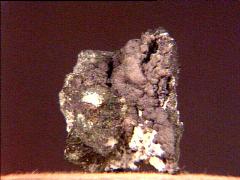
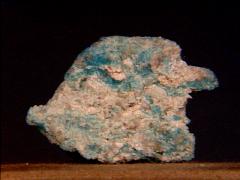
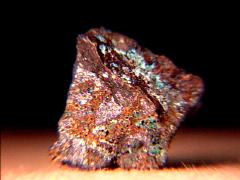





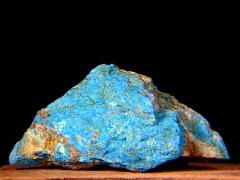

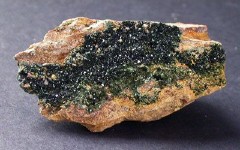


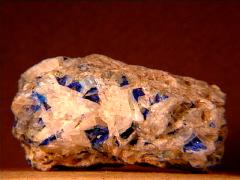
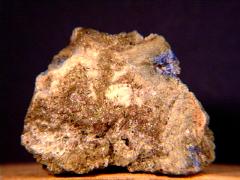


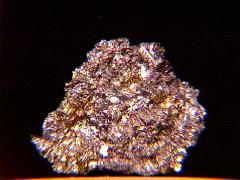
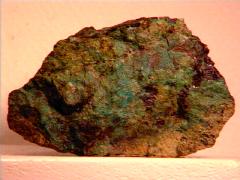
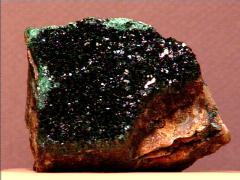
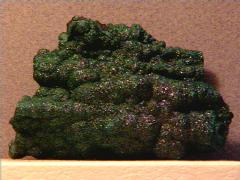




No comments:
Post a Comment